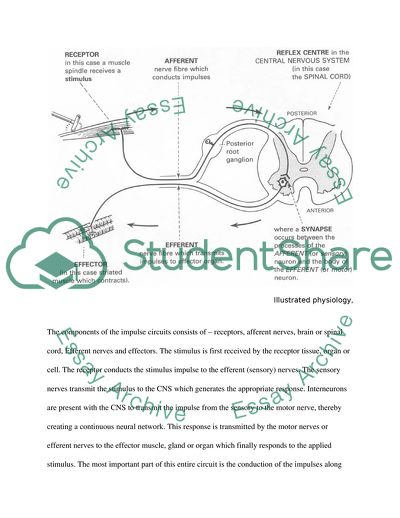Cite this document
(The Role of the Nervous System and Reflex Arcs in the Body Essay - 1, n.d.)
The Role of the Nervous System and Reflex Arcs in the Body Essay - 1. https://studentshare.org/medical-science/1796638-the-role-of-the-nervous-system
The Role of the Nervous System and Reflex Arcs in the Body Essay - 1. https://studentshare.org/medical-science/1796638-the-role-of-the-nervous-system
(The Role of the Nervous System and Reflex Arcs in the Body Essay - 1)
The Role of the Nervous System and Reflex Arcs in the Body Essay - 1. https://studentshare.org/medical-science/1796638-the-role-of-the-nervous-system.
The Role of the Nervous System and Reflex Arcs in the Body Essay - 1. https://studentshare.org/medical-science/1796638-the-role-of-the-nervous-system.
“The Role of the Nervous System and Reflex Arcs in the Body Essay - 1”. https://studentshare.org/medical-science/1796638-the-role-of-the-nervous-system.


